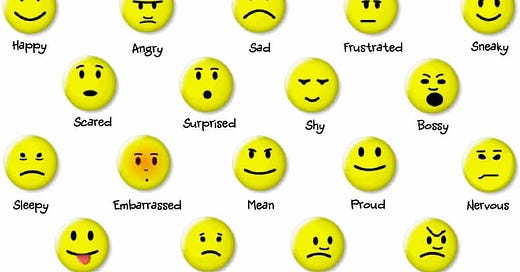TL;DR Summary:
The 3 Parts of Emotions: Affect, Emotion, Feeling
The 5 Stages of Emotional Architecture
Food Poisoning & Emotions
How Imagination Effects Emotions
The Science of Emotions
The Name It to Tame It Emotional Regulation Tool
Welcome back to the Heroes Digest! Today we are talking about emotion, which is a hotly debated topic in Neuroscience & Ps…



